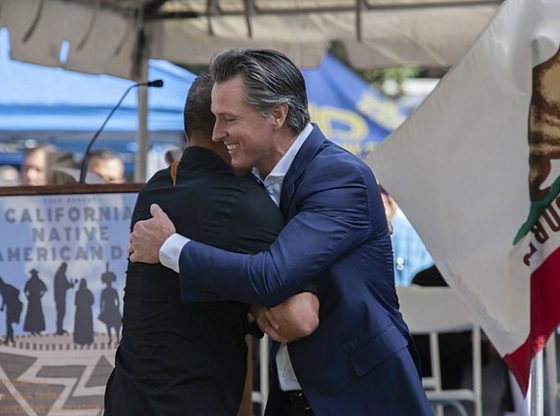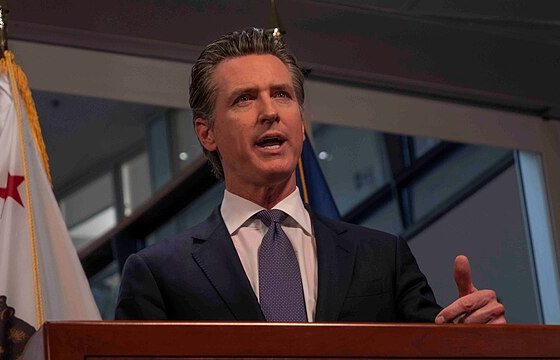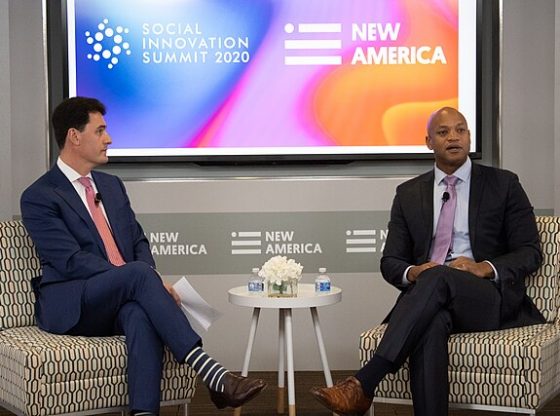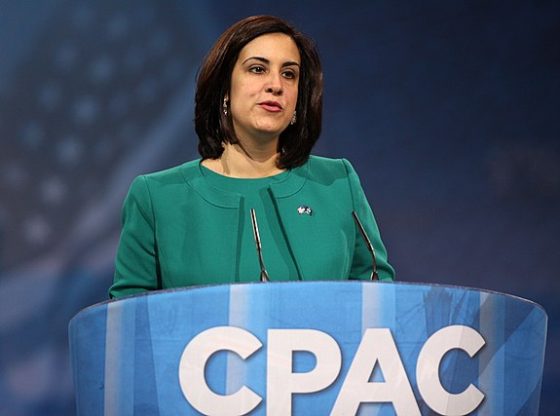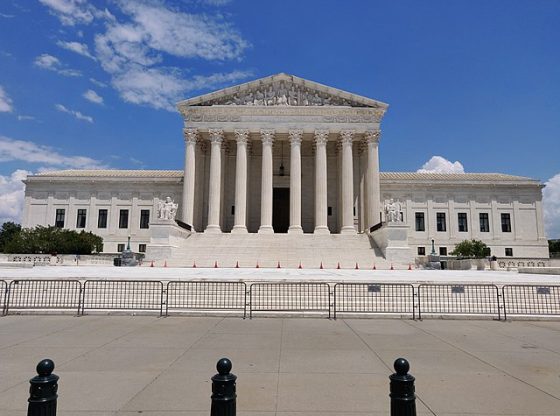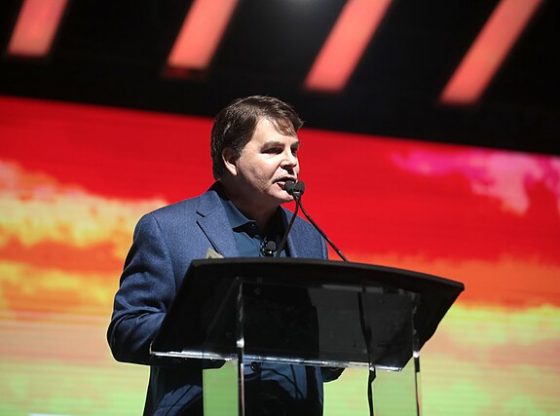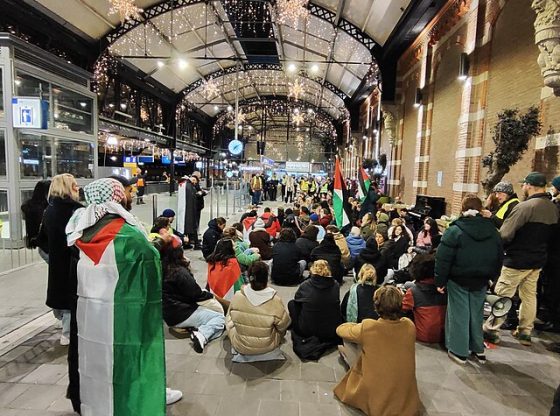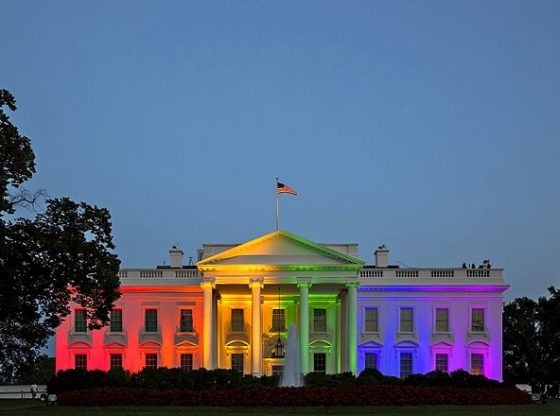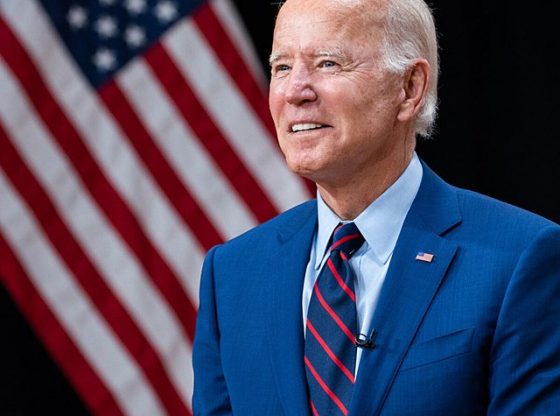Democratic officials are throwing billions at California high-speed rail projects that have yet to be built, funding thousands of jobs specifically for union members.
Despite funding initially being approved by a referendum in 2008, the California High-Speed Rail project currently has less than a quarter of its expected length under construction and was initially supposed to have connected Los Angeles and San Francisco by 2020, according to The Los Angeles Times. The Los Angeles/Orange Counties Building and Construction Trades Council, which represents 48 local unions and more than 150,000 members in California, boasted of the creation of 13,000 unionized construction jobs due to continued funding of California’s high-speed rail project.
The California High-Speed Rail Authority, in its community benefits agreement regarding the construction of the rail, lays out that it will exclusively bargain with union representatives for craft labor and that no employee will be required to join a union, but workers who are at the site for more than eight total days will be required to pay union dues. The agreement outlines that union members will be the primary source of labor and that the local unions will be given the opportunity to refer employees for the job.
“The project has been a windfall for the union workers who’ve been on the job,” Kerry Jackson, William Clement fellow in California Reform at the Pacific Research Institute, told the DCNF. “By some counts, as many as 13,000 have been hired. The California High-Speed Rail Authority itself even brags about the ‘steady union jobs that provide union wages and benefits’ they get. That’s not to mention the benefits the union bosses everywhere always enjoy when they have more dues-paying members supporting their salaries and perks.”
The Biden administration announced $3 billion in federal funds for the project in December to push along the first phase of the project connecting Merced, Fresno and Bakersfield, adding to the $9 billion already appropriated by the state and the around $3.5 billion in grants given by the Obama administration. The project has been estimated to need between $88 billion and $128 billion to be fully completed, and the rail authority told the DCNF that it is aiming to be operational from Bakersfield to Merced between 2030 and 2033.
“Of course, project costs are affected by higher, non-market wages,” Jackson told the DCNF. “When you have so many workers making these wages over the years, it adds up. The unions are a force behind the rail and one of the reasons, if not the main one, that this project has not been halted even though it’s far behind schedule, way over initial cost projections, and looks like a failed enterprise. The community benefits agreement that serves as the project labor agreement requires unions to be the primary source of all craft labor.”
The California High-Speed Rail Authority told the DCNF that, so far, 22.5 miles in the Central Valley have reached substantial completion, but that efforts are underway to design stations and track systems, complete environmental reviews and procure trains.
“The project is very much happening and continuing to make progress with our commitment unwavering as we remain active and aggressive in moving the project forward while actively pursuing federal funding,” the Authority told the DCNF.
Big News: Today, President Biden announced funding to build the first high-speed rail projects in our nation’s history.
These investments will get people and goods where they need to go more quickly, reduce emissions, increase passenger safety, and create good-paying union jobs. pic.twitter.com/zxR6SQawIw
— The White House (@WhiteHouse) December 9, 2023
“Even if we didn’t have the project labor agreement, there would be prevailing wage and benefits on this project, both because of state requirements and federal funding requirements,” Anne-Marie Otey, communications and editorial director at the LA/OC Building and Construction Trades Council, told the DCNF. “So they’d be there no matter what, so we might as well make the best of it. I think it is better for the workers when there’s also a union agreement on the project.”
Otey pointed to the Davis-Bacon Act, which is a federal law that requires the government to pay at least the local rate to workers when constructing public projects, as the reason why using union workers on the project would not raise labor costs. The Congressional Budget Office estimated that if the Davis-Bacon Act were repealed in 2020, it would have reduced government spending outlays by $10.7 billion by 2030.
“It’s benefiting workers,” Otey told the DCNF. “And these workers are represented by unions, but no, we didn’t look at it as ‘What can we do for unions?’ We said, ‘What can we do for workers in the state?’ Especially again, in areas like the Central Valley, where they can’t just drive to San Francisco, Sacramento or LA for jobs, they live in the great heartland of our state. So we wanted to figure out a way to keep them employed and keep them working at least somewhat near where they live. So we think it’s a positive.”
Around $3 billion in federal funding was also announced in December for a high-speed railway between Las Vegas, Nevada, and Rancho Cucamonga, California, with Democratic Nevada Sen. Jacky Rosen claiming that 35,000 union jobs would be created as a result. The funding for the project comes from the $1.2 trillion in new spending that was approved by the Bipartisan Infrastructure Act in 2021.
California is one of the more unionized states in the U.S., ranking 6th in terms of the share of workers in unions, getting beat out by other blue states Connecticut, Hawaii, New Jersey, New York and Washington, according to the Bureau of Labor Statistics. The share of workers who were members of unions declined from 16.1% in 2022 to 15.4% in 2023.
The Biden administration’s push for high-speed rail funding in California is part of a larger national push for increased passenger rail access for Americans. President Joe Biden announced in November that $16.4 billion would be given to Amtrak, the national passenger railroad company of the U.S., to fund 25 passenger rail projects along the East Coast.
“Although in California, public works projects are always union labor, so I think their biggest reason they like high-speed rail is that it’s just such a long-term project,” Edward Ring, director of Water and Energy Policy at the California Policy Center, told the DCNF. “The unions get behind these projects because they’re big. The other reason, though, that they get behind these projects is because these are projects that the environmentalist community won’t vehemently oppose. They ought to be building things that are more practical; they ought to be upgrading freeways. But the environmentalists want us on a road diet.”
Biden has also boasted of new train sets for the California rail project being all-electric, resulting in zero emissions and powered through renewable energy, according to a White House fact sheet. The president claims that all of his proposed rail projects will create “tens of thousands” of union jobs.
As of September, the state of California had spent more than $600 million on environmental reviews for the rail project, not including a 78-mile stretch out of 500 miles that had not yet been evaluated.
“The environmentalists are so powerful that the unions go, ‘Well, if we’re going to get our guys working, we’re going to have to play ball with the environmentalists,” Ring told the DCNF. “And so the environmentalists will buy off on projects that really have no practical value. High-speed rail has no practical value in California. You could also argue that it has no environmental value, and I think you could argue that very convincingly.”
The White House and the California governor’s office did not immediately respond to a request to comment from the DCNF.


